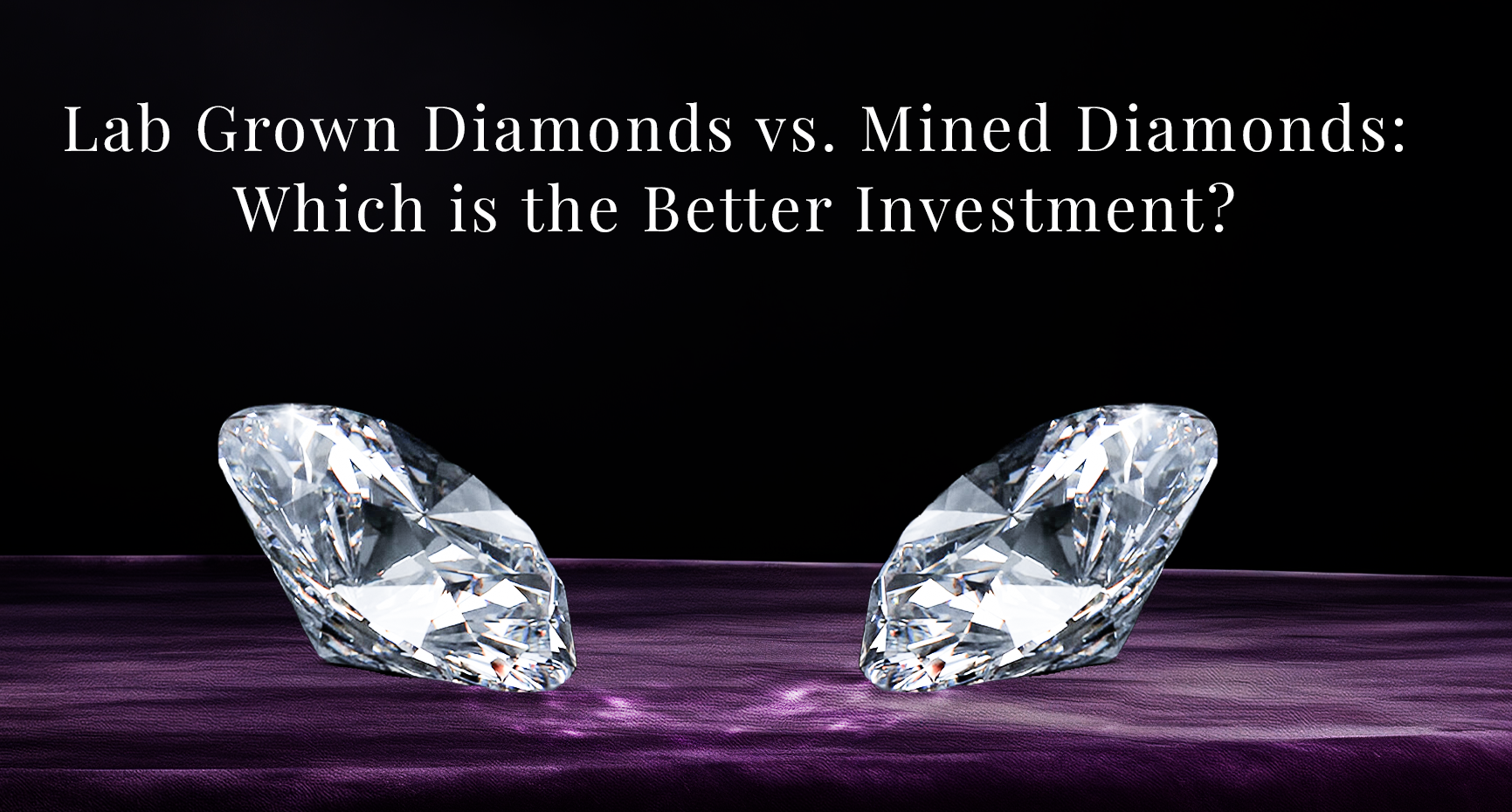The difference between natural diamonds and lab-grown diamonds lies primarily in their origin, cost, and environmental impact. Here's a detailed comparison to help distinguish the two:

| Feature | Natural Diamonds | Lab-Grown Diamonds |
|---|---|---|
| Origin | Formed naturally over billions of years beneath the Earth's crust through intense heat and pressure. | Created in a controlled laboratory environment using advanced technology that mimics natural diamond formation. |
| Physical Properties | Identical to lab-grown diamonds (hardness, sparkle, and clarity). | Identical to natural diamonds in all physical, chemical, and optical properties. |
| Environmental Impact | Mining can lead to deforestation, habitat destruction, and a large carbon footprint. | Eco-friendly with significantly less environmental impact and no mining required. |
| Ethics | May sometimes involve unethical practices, including conflict diamonds. | Always conflict-free and produced through ethical practices. |
| Cost | More expensive due to rarity and traditional mining processes. | 30-40% more affordable compared to natural diamonds of similar quality. |
| Certification | Graded by institutions like GIA, IGI, or other gemological labs. | Also certified by the same institutions, ensuring quality and authenticity. |
| Resale Value | Typically retains a higher resale value due to its perceived rarity. | Resale value may be lower than natural diamonds, as the supply is not limited by natural rarity. |
| Customization | Limited to what is mined and available. | Easier to customize, as they can be created in various sizes, colors, and shapes on demand. |
| Perception | Often viewed as a traditional symbol of love and luxury. | Increasingly recognized for its ethical, modern, and eco-friendly appeal. |
| Availability | Naturally occurring and may be limited in certain sizes or qualities. | Readily available in a wide range of sizes, colors, and qualities. |